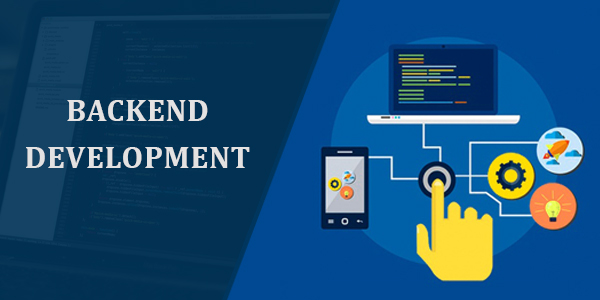
Improving software backend developer productivity and efficiency involves adopting best practices and optimizing processes. Here are some key practices and processes along with detailed examples and explanations:
- Agile Development:
- Example: Adopting Scrum or Kanban methodologies for iterative and incremental development.
- Explanation: Agile methodologies promote collaboration, flexibility, and adaptability. Sprint planning, daily stand-ups, and regular retrospectives foster continuous improvement and enhance productivity.
- Code Reviews:
- Example: Implementing a mandatory code review process for all changes.
- Explanation: Code reviews ensure code quality, knowledge sharing, and early identification of issues. Use tools like GitHub Pull Requests or GitLab Merge Requests to facilitate efficient code reviews.
- Automated Testing:
- Example: Utilizing unit tests, integration tests, and end-to-end tests in the development process.
- Explanation: Automated testing helps catch bugs early, ensures code reliability, and accelerates the feedback loop. Continuous Integration (CI) tools like Jenkins or GitLab CI can automate the testing process.
- Continuous Integration and Continuous Deployment (CI/CD):
- Example: Setting up CI/CD pipelines for automated building, testing, and deployment.
- Explanation: CI/CD pipelines streamline the development workflow, reduce manual errors, and accelerate the delivery of features. Tools like Jenkins, GitLab CI, or GitHub Actions can be configured to automate these processes.
- Version Control:
- Example: Enforcing the use of version control systems like Git.
- Explanation: Version control provides a history of changes, facilitates collaboration, and allows for easy rollbacks. Git branching strategies (e.g., Gitflow) help manage feature development, bug fixes, and releases effectively.
- Documentation:
- Example: Maintaining comprehensive code documentation and README files.
- Explanation: Well-documented code helps developers understand the purpose and usage of functions, classes, and modules. README files should provide clear instructions for setting up the development environment and running the application.
- Monitoring and Logging:
- Example: Implementing logging and monitoring tools like ELK Stack (Elasticsearch, Logstash, Kibana).
- Explanation: Monitoring and logging help identify performance issues, troubleshoot errors, and gather insights into the application’s behavior. Centralized logging ensures efficient analysis of logs.
- Code Refactoring:
- Example: Regularly scheduling time for refactoring sessions.
- Explanation: Codebases evolve, and technical debt accumulates. Scheduled refactoring improves code maintainability, readability, and reduces the risk of introducing bugs during feature development.
- Pair Programming:
- Example: Encouraging pair programming sessions for complex tasks.
- Explanation: Pair programming fosters collaboration, knowledge transfer, and real-time code review. It can lead to better solutions and quicker problem-solving.
- Task Management:
- Example: Using Agile project management tools like Jira or Trello.
- Explanation: Task management tools help organize, prioritize, and track work. Agile boards allow for easy visualization of tasks, sprints, and progress, enhancing team coordination.
- Training and Skill Development:
- Example: Investing in regular training sessions or workshops for the team.
- Explanation: Continuous learning ensures that developers stay updated with the latest technologies and best practices. This can be achieved through internal knowledge-sharing sessions or external training programs.
- Peer Learning and Collaboration:
- Example: Facilitating regular knowledge-sharing sessions within the team.
- Explanation: Encouraging developers to share their expertise, lessons learned, and innovative solutions promotes a collaborative culture and accelerates the learning curve for the entire team
By incorporating these practices and processes, a software development team can enhance productivity, produce high-quality code, and deliver features more efficiently. Remember that the adoption of these practices may vary based on the specific needs and context of the project and team.
